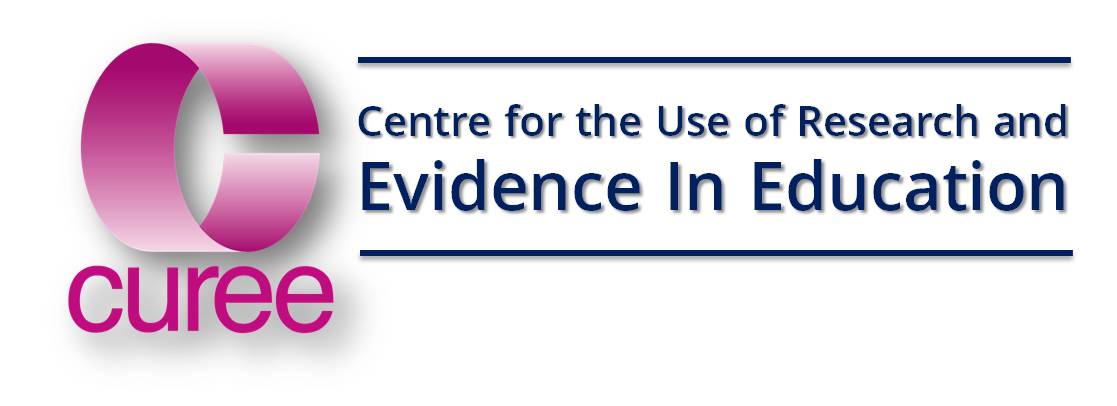The National Teacher Research Panel was set up about 15 years ago by CUREE supported by a group of national education agencies most of which no longer exist. It had three main goals:
- To ensure that all research in education takes account of the teacher perspective
- To ensure a higher profile for research and evidence informed practice in government, academic and practitioner communities
- To increase the number of teachers engaged in and with the full spectrum of research activity.
Over the several years of its existence, the Panel, supported by its expert advisers in CUREE, has helped and encouraged dozens of teachers and school leaders to do high quality but practical research. The Panel also helped them report their findings succinctly, in plain English and focused on relevance to other practitioners. This is one such example of that work.
The best teaching and learning today builds upon knowledge and understanding of how children learn from research over time including the work of educational theorists. Reading current educational research reports and publications about teaching and learning quickly leads to references about Vygotsky and the so-called 'zone of proximal development'. Reference to this idea can be found in research studies dealing with subjects from mathematics to PE, and from pre-school settings to key stage 3 classrooms. For references to, for example, Shayer and Adey (1994), Adhami, Johnson and Shayer and Adey (2002), Leat (1998), Higgins (2001), and McGuinness (1999) see the Further Reading section. So who was Vygotsky and why is his work still so relevant and so highly regarded by teachers and researchers? Lev Semyonovitch Vygotsky was born in 1896 near Minsk in Byelorussia. After studying law and philology he began his work in developmental psychology in 1917, following the Russian Revolution. Vygotsky became a leading figure in Soviet psychology but his work was tragically cut short by his early death from tuberculosis in 1934. Knowledge of Vygotsky's work did not reach the West until the 1960s, when the first translations of his work began to appear. In this TLA research summary we've tried to draw out from Vygotsky's work some key ideas, which seem to be close to the current interests of classroom teachers. The source material we used is a book on Vygotsky edited by Michael Cole and co-workers (1978): Mind in Society, The Development of Higher Psychological Processes (Massachusetts/London: Harvard University Press). In making this choice we are aware that this book is an edited compilation of Vygotsky's ideas, not his original work. Nonetheless Mind in Society has been tremendously influential and most of the Vygotsky-related ideas in the West stem directly from this work. We have also included a number of case studies drawn from more recent educational practice in order to illustrate the wide range of appeal and application of Vygotsky's ideas. In our view Vygotsky's work offers teachers a powerful vehicle for framing pedagogical approaches that can be taken up at the individual pupil, the class, the department and the whole school level. Just as importantly, the adoption of Vygotskian approaches to teaching and learning, of necessity, involve the teachers in a process of developing their own thinking, of improving their own lesson planning skills and in encouraging discussion about classroom activities.
File attachments:
Document section:
